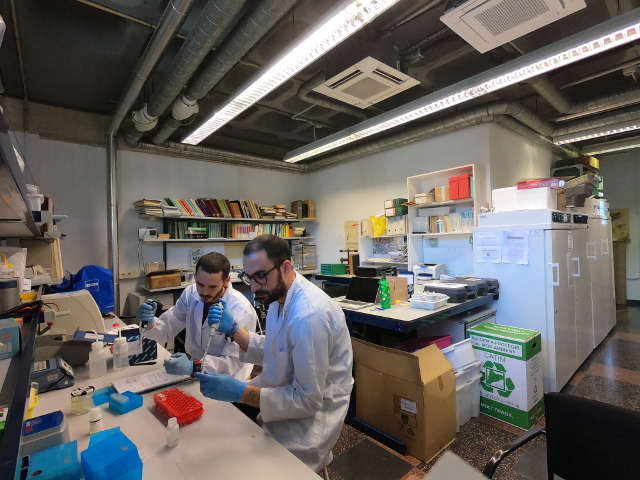ANIMA project seeks to determine how global warming may interact with biological invasions across all steps of the invasion pathway.

Some of the invasive species exhibit thermal responses in agreement with the characteristics of temperate seaweeds, compromising the until now stated tropical origin of both species. Comparative molecular investigation on the phylogeny and biogeography of Mediterranean and extra-Mediterranean populations studies will clarify the origin of the invasive strain and therefore its environmental niche.
Invasive algae tolerance to different temperature thresholds is the first step determining invasiveness in a new area.

Populations from different places can adapt to different seawater temperatures, which might be essential to determine the future invasibility of invasive algae under climate change.

We have seen that it strongly depends on the habitat and invasive species traits.
In coralligenous habitats presence of the red gorgonian Paramuricea clavata seems to decrease Caulerpa cylindracea invasiveness. Link al paper de científic reports de la Jana. In contrast, in Cystoseira forest, biodiversity and high structure facilitates the invasion of Lophocladia lallemandii. Link al paper de Biological Invasions meu.

Although the role of the native herbivorous Paracentrotus lividus seems not relevant, the real potential role of Sarpa salpa remains uncertain.
In this project we aim to elucidate whether fish herbivory could cause C. cylindracea regressions, considering not only the herbivory itself but also the complexity of the ecosystem.

In Cabrera NP, an extreme warming event replaces a structurally complex habitat, dominated by long-lived species, by a simplified habitat (lower species diversity and richness) dominated by turf-forming species. On the basis of a study involving the experimental manipulation of the presence of the gorgonian Paramuricea clavata, we observed that its presence mitigated the effects of warming by maintaining the original assemblage dominated by macroinvertebrates and delaying the proliferation and spread of the invasive alga Caulerpa cylindracea
Understanding how global change-related disturbances interact is critical in the current context of rapid changes and the enlargement of the geographical overlap of stressors and may help to predict changes in community structure resulting from global warming and other stressors (for example bioinvasions).
The particular species traits of each invasive species will determine its response to climate change. Niche modeling and mechanistic models with data from the eco-physiological experiments will allow elucidating future trends of the invasive algae in the Mediterranean Sea.